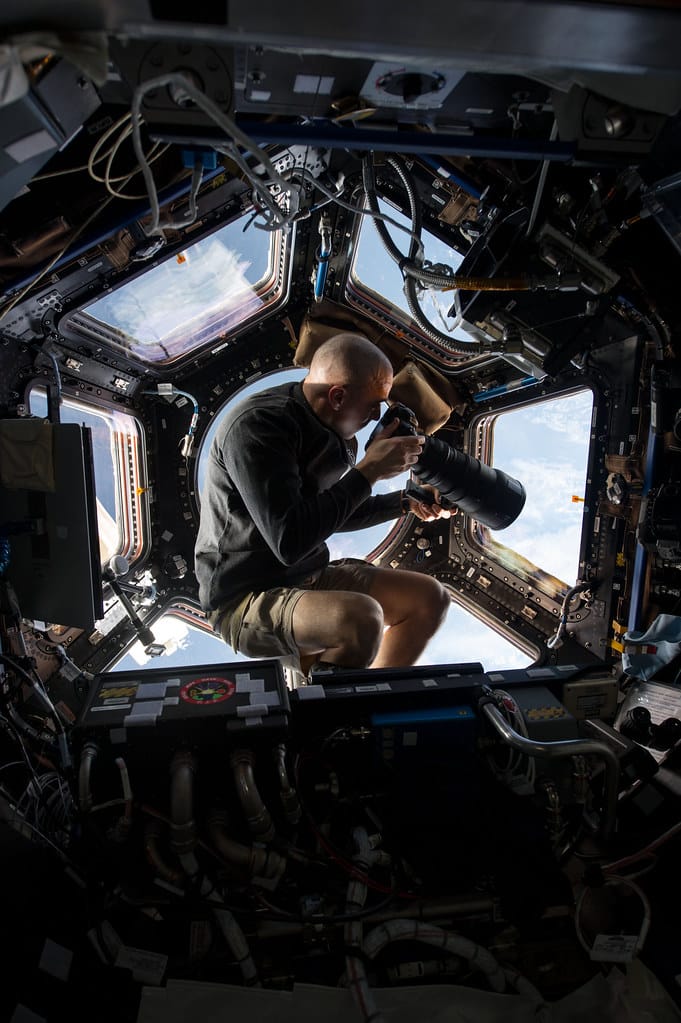NASA's 370-Million-Mile Tech Support: How Engineers Saved a Camera in Deep Space
When your computer crashes, you call tech support. When a camera breaks 370 million miles from Earth on the Perseverance Mars rover, NASA engineers pull off one of the most impressive remote troubleshooting feats in space exploration history.
In late 2021, NASA faced a nightmare scenario: the Mastcam-Z imaging system aboard the $2.7 billion Perseverance rover had malfunctioned, leaving one of the mission's most critical scientific instruments essentially blind. What followed was a masterclass in remote problem-solving that showcased the ingenuity and persistence that makes human space exploration possible.
The Crisis: When Mars Goes Dark
The Mastcam-Z system serves as Perseverance's primary eyes, capturing the stunning high-resolution images that have captivated millions and providing crucial scientific data for mission planning. When the camera's focus motor began exhibiting erratic behavior in December 2021, mission controllers at NASA's Jet Propulsion Laboratory (JPL) knew they had to act fast.
The symptoms were troubling: the camera would lose focus randomly, and attempts to refocus often failed entirely. With communication delays of up to 22 minutes each way between Earth and Mars, traditional troubleshooting methods were impossible. Engineers couldn't simply restart the system or walk over to check connections.
The 22-Minute Delay Challenge
Every command sent to Mars requires extraordinary patience and precision. When engineers at JPL send instructions to Perseverance, they must wait nearly an hour for a complete round trip—22 minutes for the signal to reach Mars, plus processing time, plus another 22 minutes for the rover's response to return to Earth.
This communication lag meant that what might be a five-minute fix on Earth could take days or weeks in space. Each diagnostic test, each attempted solution, each failure analysis stretched across multiple Martian sols (Mars days, which are about 24 hours and 37 minutes long).
The Detective Work Begins
NASA's team of engineers transformed into digital detectives, analyzing telemetry data and camera performance logs transmitted back to Earth. They discovered that the focus motor was experiencing temperature-related issues—the extreme Martian temperature swings, ranging from 70°F (20°C) during the day to minus 195°F (minus-125°C) at night, were causing mechanical components to behave unpredictably.
The engineering team, led by Mastcam-Z Principal Investigator Jim Bell from Arizona State University, developed a series of carefully orchestrated tests. They experimented with different operational sequences, adjusted timing parameters, and even modified the camera's software—all while working with a 370-million-mile extension cord.
The Breakthrough Solution
After months of painstaking analysis and testing, engineers identified the root cause: tiny particles of Martian dust had infiltrated the camera's focus mechanism, combined with the thermal stress from extreme temperature variations. The solution required a delicate software choreography.
The team developed new operational procedures that worked around the mechanical issues. They programmed the camera to perform focus operations only during optimal temperature windows and created backup focusing algorithms that could compensate for the motor's erratic behavior. Most impressively, they implemented predictive software that could anticipate focus problems before they occurred.
Beyond the Technical Fix
This remarkable recovery demonstrates several crucial aspects of modern space exploration:
Redundancy and Adaptability: NASA's systems are designed with multiple backup options and the flexibility to adapt when primary systems fail.
Human Ingenuity: While robotic systems explore Mars, human creativity and problem-solving remain irreplaceable in overcoming unexpected challenges.
Collaborative Engineering: The solution required cooperation between hardware specialists, software engineers, planetary scientists, and mission planners working across multiple time zones and institutions.
The Bigger Picture
The successful repair of Perseverance's camera system represents more than just a technical achievement—it's a testament to humanity's ability to extend our reach across the solar system. Since the fix was implemented, Mastcam-Z has continued capturing breathtaking images of Mars, including shots of the ancient river delta in Jezero Crater where the rover searches for signs of ancient microbial life.
This 370-million-mile tech support call reminds us that space exploration remains one of humanity's greatest collaborative achievements, where engineers on Earth work hand-in-hand with robotic explorers to unlock the secrets of our cosmic neighborhood. Every stunning image from Mars carries with it the ingenuity, persistence, and teamwork that makes the impossible routine.
